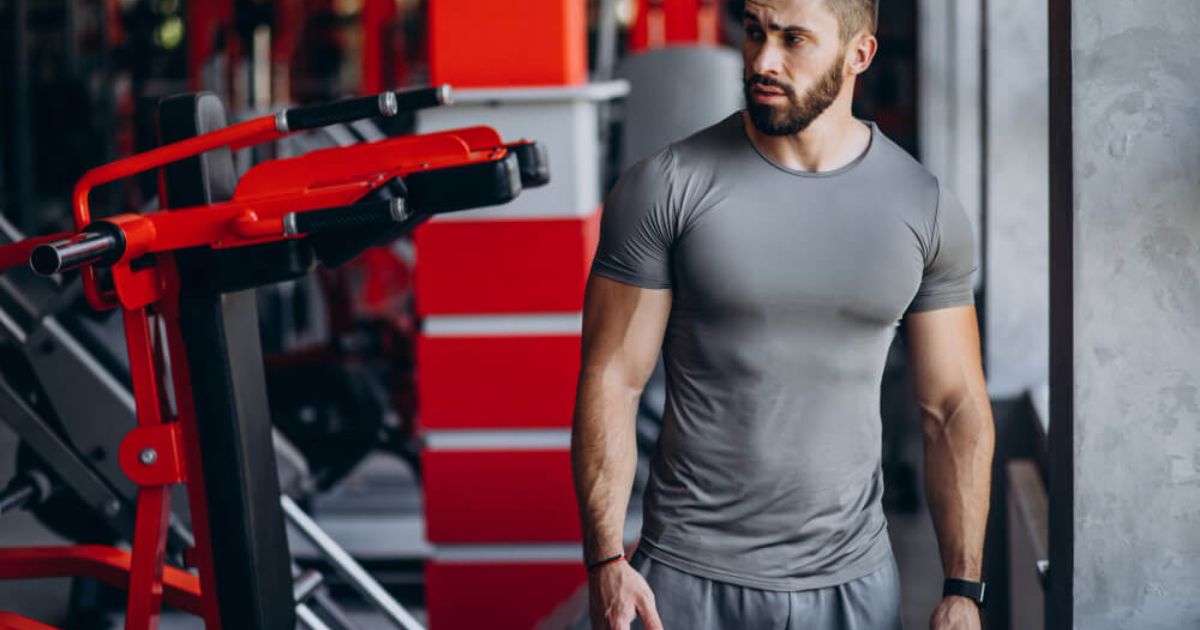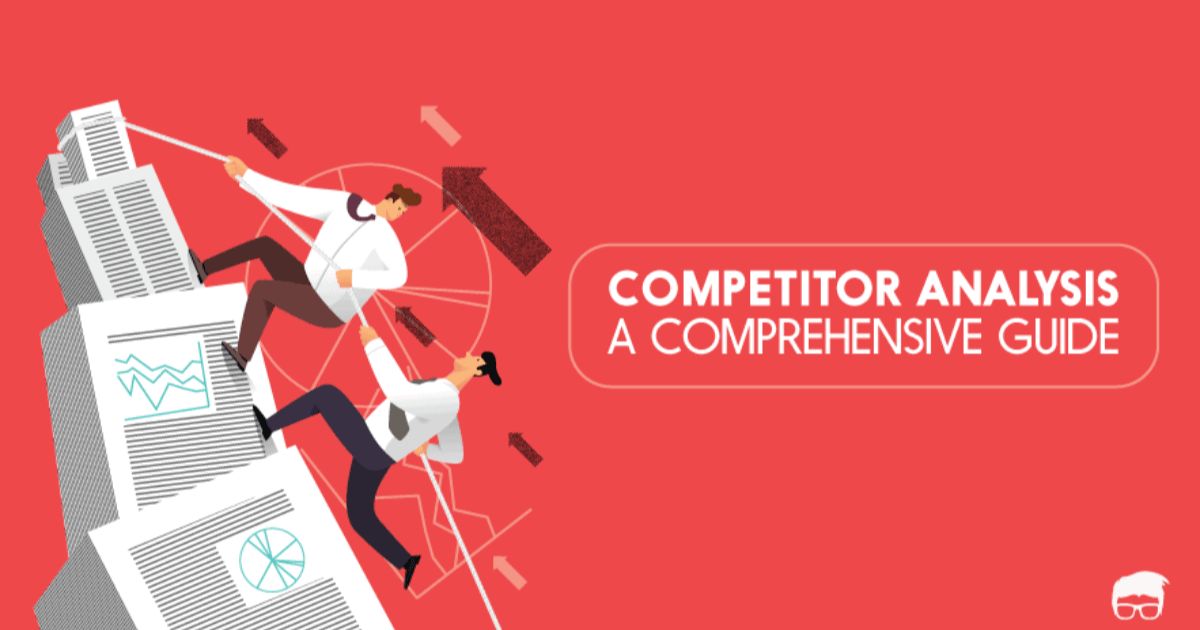In the ever-evolving landscape of the fitness apparel industry, Hylete finds itself facing turbulent waters. As the saying goes, “every cloud has a silver lining,” but is Hylete’s future truly shining bright or is it on the brink of closure? This article delves into the financial challenges, decreasing sales, and the impact of the COVID-19 pandemic that have compelled industry observers to question the longevity of this once-prominent brand. Join us as we analyze Hylete’s efforts to navigate these stormy seas and explore potential partnership or acquisition opportunities that could shape its future.
Key Takeaways
- Hylete has been facing financial challenges with a significant decrease in revenue over the past fiscal year and a decline in sales, which has impacted its overall financial stability.
- The COVID-19 pandemic has further worsened Hylete’s financial struggles, with decreased sales and revenue due to store closures and reduced consumer spending. The company has been focusing on e-commerce to mitigate the effects of the pandemic and has been navigating disruptions in the global supply chain.
- Hylete faces tough competition from well-established brands like Nike, Under Armour, and Lululemon. To differentiate itself, Hylete focuses on high-quality products with a focus on versatility and functionality, carving out a niche in the industry.
- The rise of e-commerce and the growing demand for sustainable fashion have impacted consumer preferences. Hylete needs to adapt to these changes to stay competitive, including emphasizing online marketing, customer experience, and offering ethically made and sustainable clothing options.
Hylete’s Financial Challenges
One of the major financial challenges faced by Hylete is the significant decrease in their revenue over the past fiscal year. Despite their previous success, Hylete has experienced a decline in sales, resulting in a negative impact on their overall financial stability. This decline in revenue has raised concerns about Hylete’s future and the potential risk of going out of business. Let’s explore the reasons behind this decrease in sales and revenue in the following section.
Decreasing Sales and Revenue
The decreasing sales and revenue of Hylete have raised concerns about the company’s financial stability and future prospects. In recent years, Hylete has experienced a decline in sales and revenue, which has led to speculation about its ability to sustain its operations.
Several factors have contributed to this decline, including increased competition in the fitness apparel industry and changing consumer preferences. To address these challenges, Hylete must develop innovative strategies to revive sales and improve its financial performance.
Impact of the COVID-19 Pandemic
The COVID-19 pandemic has had a significant impact on Hylete’s financial performance. Like many businesses, Hylete faced challenges such as decreased sales and revenue due to store closures and reduced consumer spending.
However, the company has also adapted to the new challenges by focusing on e-commerce and implementing cost-cutting measures to mitigate the effects of the pandemic.
Financial Struggles Due to COVID-19
Financial challenges stemming from the global COVID-19 pandemic have significantly impacted Hylete’s business operations. The company has experienced a sharp decline in sales due to the closure of gyms and reduced consumer spending.
Hylete’s revenue has been heavily affected, causing financial strain and forcing the company to make difficult decisions. These challenges highlight the widespread economic impact of the pandemic and the need for businesses like Hylete to adapt and find new strategies for survival.
| Financial Struggles Due to COVID-19 |
|---|
| Decreased Sales |
| Financial Strain |
| Need for Adaptation |
| Survival Strategies |
Adaptation to New Challenges
Hylete’s ability to adapt to the new challenges brought about by the COVID-19 pandemic will be crucial for its long-term survival and success. The pandemic has forced businesses worldwide to reassess their operations and find innovative ways to stay afloat.
Hylete must navigate through disruptions in the global supply chain, changing consumer behavior, and the shift towards e-commerce. By effectively adapting to these challenges, Hylete can position itself for success in the post-pandemic world. Now, let’s analyze how Hylete stacks up against its competitors.
Competitor Analysis: How Hylete Stacks Up
Hylete’s performance in comparison to its competitors will now be examined in this analysis. When it comes to athletic apparel and equipment, Hylete faces tough competition from well-established brands like Nike, Under Armour, and Lululemon. These competitors have a strong presence in the market and a loyal customer base. However, Hylete differentiates itself by offering high-quality products with a focus on versatility and functionality. Despite the challenges, Hylete has managed to carve out a niche for itself in the industry.
Changes in Consumer Preferences
Changes in consumer preferences have significantly impacted the retail industry, including the athletic apparel market. The rise of e-commerce has revolutionized the way consumers shop, providing convenience and accessibility. In addition, there has been a growing demand for sustainable fashion, with consumers seeking out brands that prioritize ethical and environmentally-friendly practices.
Furthermore, influencer marketing strategies have become increasingly influential in shaping consumer preferences and driving purchasing decisions. These factors have contributed to a shift in consumer behavior and pose both challenges and opportunities for companies like Hylete.
Impact of E-commerce
With the rise of e-commerce, the retail industry has witnessed significant shifts in consumer preferences. Online shopping has become increasingly popular due to its convenience and accessibility. Consumers now prefer the ease of browsing and purchasing products from the comfort of their own homes.
This has led to a decrease in foot traffic in physical stores and a greater emphasis on online marketing and customer experience. E-commerce has undoubtedly transformed the way consumers shop, forcing businesses to adapt to these changing preferences to stay competitive in the market.
Rise of Sustainable Fashion
The increasing demand for sustainable fashion and the growing awareness of its environmental impact have prompted changes in consumer preferences. People are now seeking clothing options that are ethically made, use sustainable materials, and reduce waste.
This shift in consumer behavior has led to a rise in sustainable fashion brands and initiatives. Consumers want to align their values with their purchasing decisions, contributing to a sense of belonging to a community that prioritizes the well-being of the planet.
Influencer Marketing Strategies
Consumers’ growing reliance on social media platforms and the increasing influence of online personalities have reshaped marketing strategies, leading to a rise in influencer collaborations. Brands like Hylete have recognized the power of influencers in reaching their target audience and have adapted their marketing efforts accordingly.
By partnering with influencers who align with their brand values and cater to their desired customer base, Hylete has been able to create a sense of belonging and authenticity among their consumers. However, even with effective influencer marketing strategies, Hylete still faces challenges in staying afloat.
Hylete’s Efforts to Stay Afloat
Hylete’s strategic initiatives and financial restructuring have been key factors in their efforts to stay afloat amidst the challenging market conditions. The company has implemented cost-cutting measures, including reducing expenses and optimizing operations, to improve their financial position.
Additionally, Hylete has focused on diversifying their product offerings and expanding their online presence to attract a wider customer base. These initiatives have positioned Hylete to explore potential partnership or acquisition opportunities that could further strengthen their position in the market.
Potential Partnership or Acquisition Opportunities
While exploring potential partnership or acquisition opportunities, Hylete aims to strengthen its market position and ensure long-term sustainability. By forging strategic alliances or considering acquisition offers, the company seeks to tap into new markets, access additional resources, and enhance its competitive advantage.
Collaborating with established brands or merging with complementary businesses can provide Hylete with opportunities for growth, innovation, and increased market share. Such partnerships or acquisitions can contribute to the company’s long-term success and solidify its position in the industry.
Future Outlook for Hylete
Despite facing challenges in the current market landscape, Hylete remains optimistic about its future prospects and is actively strategizing to adapt and thrive in the ever-evolving industry. The company recognizes the need to stay ahead of competition and is investing in research and development to create innovative products that resonate with its target audience. Hylete is also focusing on expanding its customer base by leveraging digital marketing strategies and exploring new market opportunities globally.
| Hylete’s Future Outlook | |
|---|---|
| 1. | Optimistic about future prospects |
| 2. | Actively strategizing to adapt and thrive |
| 3. | Focus on innovation, expansion, and global growth |
Frequently Asked Questions
What Are Some Specific Financial Challenges That Hylete Is Currently Facing?
Hylete is currently facing specific financial challenges, which may include declining sales, increasing operating costs, and limited access to capital. These factors can have a significant impact on the company’s overall financial stability and long-term viability.
How Much Has Hylete’s Sales and Revenue Decreased in the Past Year?
Hylete’s sales and revenue have experienced a significant decline over the past year, posing challenges for the company’s financial stability. The exact figures, however, can only be determined by analyzing their financial statements.
What Impact Has the COVID-19 Pandemic Had on Hylete’s Business Operations?
The COVID-19 pandemic has had a significant impact on Hylete’s business operations. The company has faced challenges such as supply chain disruptions, decreased consumer demand, and temporary closures of retail stores, leading to a decline in sales and revenue.
How Does Hylete Compare to Its Competitors in Terms of Market Share and Profitability?
Hylete’s market share and profitability can be evaluated by comparing it to its competitors. Factors such as revenue, profit margins, and customer base size can provide insights into Hylete’s competitive position and financial performance.
What Are Some Changes in Consumer Preferences That Have Affected Hylete’s Business?
Changes in consumer preferences, such as an increased focus on sustainability and athleisure wear, have impacted Hylete’s business. These shifts have led to a higher demand for eco-friendly products and versatile activewear, which Hylete has adapted to meet.
Conclusion
In conclusion, Hylete is facing significant financial challenges, with decreasing sales and revenue, compounded by the impact of the COVID-19 pandemic. The company is also grappling with changes in consumer preferences, which have further impacted its performance. However, Hylete is making efforts to stay afloat through potential partnership or acquisition opportunities. The future outlook for Hylete remains uncertain, but the company’s resilience and strategic decisions will play a crucial role in determining its fate.










